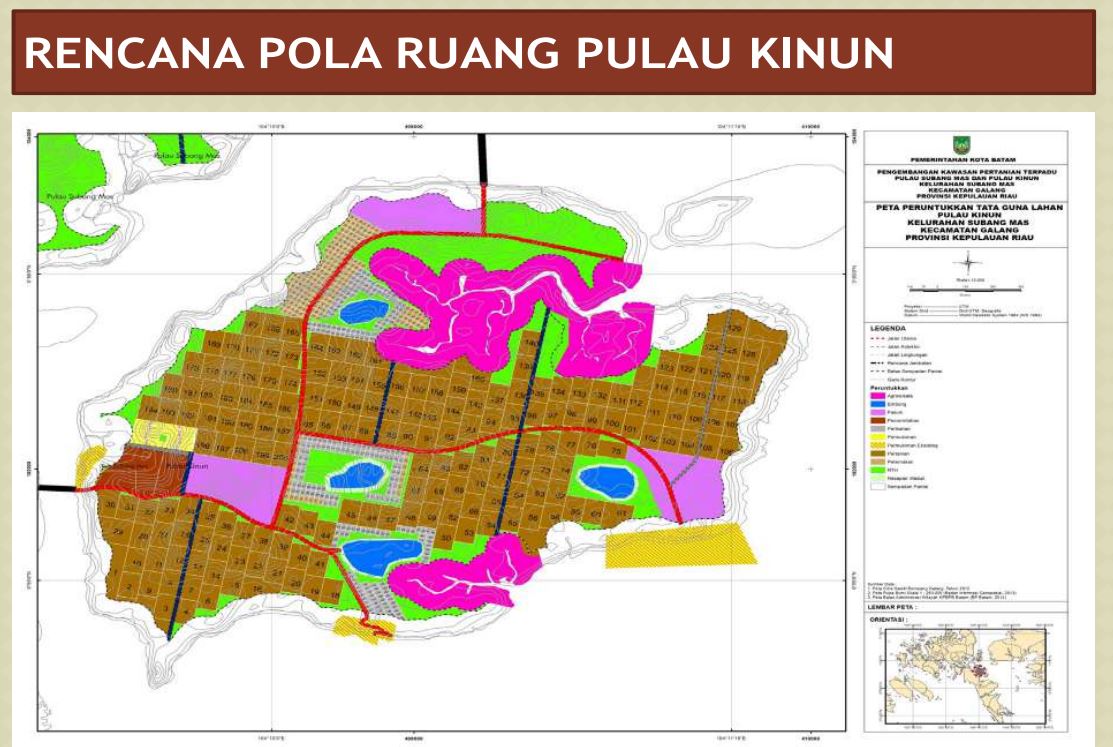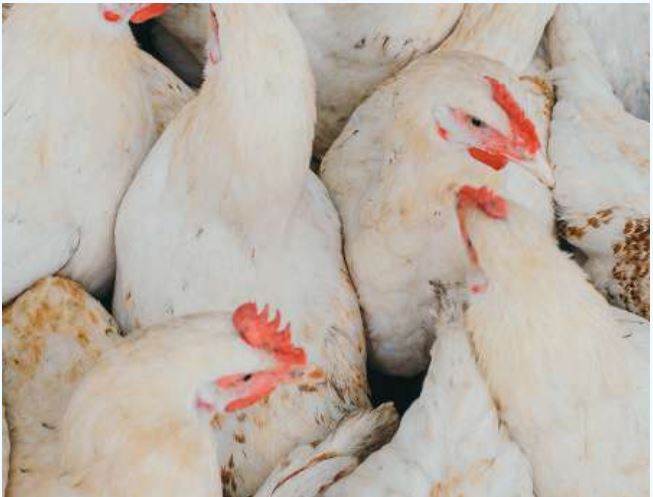Batam City is part of the Riau Islands Province, which has a land area of 45% of the total area. Batam City has a tropical climate with an average temperature of 26–34 °C. The city has hilly terrain and valleys. The soil is red, which is less fertile, and the weather changes frequently, so agricultural land can only be cultivated with plants that can grow without following the season.
Riau Islands has a capital city in Tanjungpinang City and has five regencies and two cities, namely Bintan Regency, Anambas Islands, Natuna, Lingga, Karimun, Batam City, and Tanjungpinang City. The area of Riau Islands Province is 96% ocean and only 4% land. Batam City is more prominent when compared to other districts/cities. Batam City is more famous than Tanjungpinang City as the capital of the province.
What’s so interesting about Batam City?
When talking about Batam City, most people will immediately think of a city that spoils people who like to shop. Because this city is famous as a paradise for branded goods at low prices.
Batam City is the largest part of Riau Islands Province and has a special authority through the Batam Concession Agency (BP), in addition to being led by the Mayor of Batam. BP Batam is a central government institution or agency established under Government Regulation No. 46/2007 with the duty and authority to carry out the management, development, and construction of the area in accordance with the functions of the area. Batam is a special free trade area of Batam, Bintan, and Karimun.
Batam City is a city in a very strategic location. Besides being located on an international shipping lane, the city is very close to and directly adjacent to Singapore and Malaysia. As a planned city, Batam is one of the fastest-growing cities in Indonesia. The city of Batam had only 6,000 residents when the Batam Authority (now known as BP Batam) built it in the 1970s, and in the following 40 years, its population increased 158 times.
How about the development of animal husbandry in Batam City?
Batam City consists of Batam Island, Rempang Island, Galang Island, and other small islands in the Singapore Strait and Malacca Strait. The population of Batam City is close to one million (2010 Census), with the majority of the population working in the industrial sector. The number of people engaged in the animal husbandry business in Batam City is 0.3%, making it a minority business in the region. The livestock businesses that have developed are broiler chicken, layer chicken, freerange chicken, beef cattle, goats and sheep, pigs, quail, and rabbits.
It is reported that the livestock population in Riau Islands in 2021 will make up the largest percentage of the population in Batam City, with 264,990 heads, or 98.07% of the total population. The second largest population in Batam City is broiler chickens, which are reported at 20,750,000 heads, or 92.79% of the total population in the Riau Islands. Rabbits have a population of 863 (79.61%), free-range chickens have a population of 924,200 (74.92%), quail have a population of 48,000 (54.05%), layer chickens have a population of 187,000 (27.51%), goats and sheep have a population of 2,453 (19.28%), ducks have a population of 6,000 (16.93%), and beef cattle have a population of 980 (3.43%). The largest cattle population was reported in Natuna Regency, while goats and sheep were on Karimun Island.
What about the potential and opportunities for the livestock business in Batam?

The other side of Batam City that we need to know is that Batam City has the advantage of being close to neighboring countries, namely Malaysia and Singapore, so it provides great opportunities and threats if it cannot be utilized properly. Likewise, with the livestock subsector, this region has business opportunities as a supplier of goods for export if we take advantage of them. However, if we do not, we will be inundated with livestock products, especially from Malaysia.
Batam City has a port that is quite close to Jurong Port in Singapore, which can be reached in approximately 60 to 70 minutes or at the latest, 2 hours. This makes it easy for people to enter and exit Batam. On the positive side, this is a great opportunity to export livestock and livestock products to neighboring countries.
On November 18, 2022, a business matching activity with Singapore was held at Batam Center. Present at the event were the Trade Attache of the Indonesian Embassy in Singapore, Rumaksono, and business people from Singapore. The Singaporean side said that in addition to livestock products that have been exported by Indonesia through the Charoen Pokphand Indonesia (CPI) and Japfa companies, they submitted requests to supply the need for live birds. Rumaksono said that Singapore is very dependent on chicken imports and currently needs around 3.6 million chickens/ per month. “I think Indonesia can take 1/3 of the market of about 1 million chickens/month to enter Singapore, considering that previously 100% of live chicken was supplied from Malaysia,” said Rumaksono.
If we look at Indonesia’s export records to Singapore, exports of livestock commodities from Indonesia to Singapore reached IDR 3.21 T in 2021, including live pigs, salted eggs, swallow nests, dairy products, honey, and other products, giving the trade in the livestock sector with Singapore a surplus of IDR 277 M.
Currently, businesses in Singapore are expecting live chicken suppliers from Indonesia. Singapore, with a population of 5.6 million people, has a GDP of 72 thousand US dollars per capita per year, while Indonesia, with a population of 270 million people, has a GDP of 6 thousand US dollars per capita per year. Singapore’s needs for livestock products in the form of broiler carcasses are more than 50% met from Brazil, while live birds are 100% met from Malaysia. However, a problem occurred, so the fulfillment of live birds from Malaysia was reduced. Singapore opens up fulfillment opportunities for Indonesia. SFA Singapore requested that its food requirements be met by Indonesia. This is a big opportunity for Indonesia. The Indonesian government sees this as an opportunity that can be utilized to increase the value of exports and improve the welfare of Indonesian farmers.
On the occasion of the meeting, the Singapore Attaché conveyed the desire to import live birds from Batam City because he had considered input from demand parties in Singapore who calculated the distance traveled by live chickens with weight depletion and livestock mortality. The distance is close enough to minimize all risks.
The Head of the Batam Agriculture Agency said that currently, the Batam City government has provided land for investment in animal husbandry on Kinun Island, covering an area of 400 ha, of which 90 ha are ready. The area will be opened as an Agribusiness Area (agro-tourism) covering agriculture, fisheries, livestock, and plantations. This potential is what is trying to be offered to business actors, both FDI and DDI who attended the meeting, including PT Japfa Comfeed, Tbk, PT Charoen Pokphand Indonesia, Tbk, PT Malindo Feedmill, Tbk, PT H & B Indonesia, PT Ayo Ternak Sejahtera Indonesia, PT Sabas ndonesia, and investors from Singapore.

The business players said that they currently have businesses in the Batam City area and are ready to export their poultry products. All were interested in developing a business on Kinun Island. However, after a visit to Kinun Island, they complained about the lack of infrastructure facilities and infrastructures such as bridges, electricity, and water that have not been available until now.
The Head of the Agriculture Service Office of Batam City said that livestock business licenses will only be granted to livestock business owners in a designated location, namely Kinun Island. This has made business owners who already have cages a little uneasy. They hope that they will get tolerance from BP Batam, considering that export opportunities to Singapore are quite large and that currently, the largest broiler population is in Batam City.
Who are the investors interested in the livestock business in Batam?
Following various focus group discussions, several business players have expressed an interest in investing in Kinun Island in exchange for infrastructure facilitation. The BP Batam region also gave Malaysian investors a special offer to invest in Batam City’s Galang Island.
Currently, there is a company that already has a chicken business in Johor, Malaysia, with facilities and technology according to Singapore’s import regulation standards. The company is very interested in the offer and intends to invest 350 billion rupiahs. The investment plan is to produce export-oriented chicken and animal feed for Singapore, with a capacity of 1 million chickens per month. When Malaysia banned the export of live chickens, Singapore was looking for an alternative or new source for live chickens. Singapore chose Batam because it takes logistics and time into account by considering high mortality and weight loss.
Disusun oleh: Idha Susanti, S.Pt, M.M (Analis Kebijakan Ahli Muda, Direktorat Pengolahan dan Pemasaran Hasil Peternakan, Direktorat Jenderal Peternakan dan Kesehatan Hewan)
Artikel sebelumnya sudah terbit pada Buletin Fokus Hilir Volume 1, Nomor 3, Desember 2022.